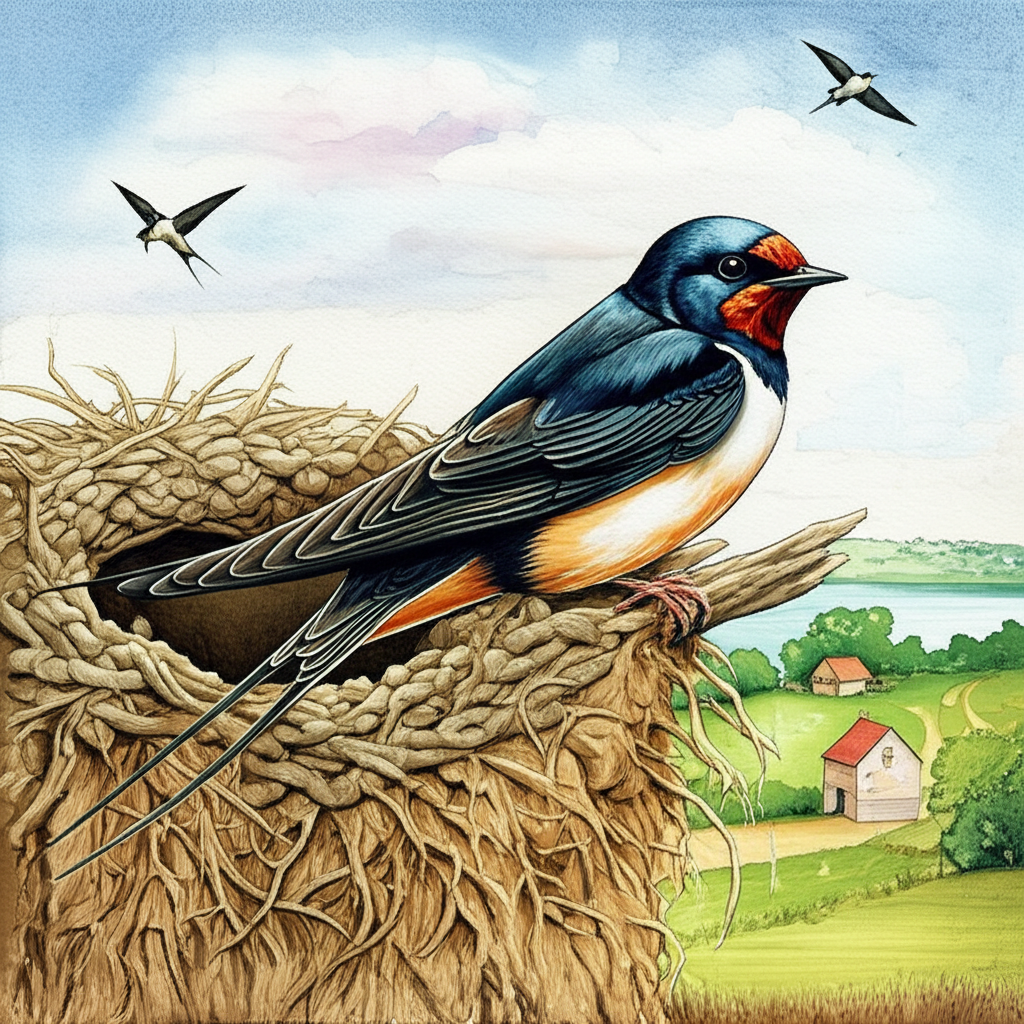
The superstition against killing a swallow is a widespread belief found across various cultures, deeply rooted in historical and folkloric traditions. While modern perspectives may view swallows as simply another bird species, particularly in urban settings where their nests can be seen as a nuisance, many still adhere to the notion that harming a swallow brings bad luck. This belief, far from being a recent phenomenon, has a rich and complex history.
The historical background of this superstition can be traced back to ancient Rome. Swallows were considered sacred to the Penates, the Roman household gods who protected the home and its provisions. Some accounts even suggest that swallows were seen as embodiments of these deities. This association with sacredness likely contributed to the reluctance to harm them. In 1650, English author Thomas Browne, in his book Vulgar Errors, highlighted the prevailing sentiment of his time, noting that people generally refrained from killing swallows and considered it unlucky to do so, despite perceiving them as potentially bothersome.
Across different cultures, swallows carry significant symbolic weight. In Danish folklore, the swallow, known as the ‘svale,’ is regarded as a bird of consolation. This stems from the belief that swallows attempted to comfort Jesus on the Cross by hovering above him and singing ‘svale, svale!’, meaning ‘cheer up, cheer up!’. This association with compassion further solidified the bird’s positive image and discouraged any harm towards it.
The superstition evolved over time, incorporating beliefs related to good fortune and protection. In rural areas, a swallow building its nest under the eaves of a house is considered a sign of good luck, believed to offer protection from fire and storm damage. This probably originated from observing that homes with swallows’ nests were often naturally sheltered from harsh weather. If a swallow flies into a home, it is viewed as an even greater blessing. However, a swallow abruptly abandoning its nest is seen as an ominous sign of impending misfortune.
Farmers, particularly across Europe, traditionally observe great care not to disturb swallows. The belief exists that killing a swallow will negatively impact milk production in cows or lead to a poor harvest if their nests are disturbed. This connects the bird’s well-being directly to the farmer’s livelihood and prosperity, underscoring the importance of respecting and protecting these birds. While laws such as the Wildlife and Countryside Act of 1981 in Britain now legally protect swallows, the enduring power of this superstition continues to influence how people perceive and interact with these birds, demonstrating a lasting legacy of cultural beliefs and historical associations.